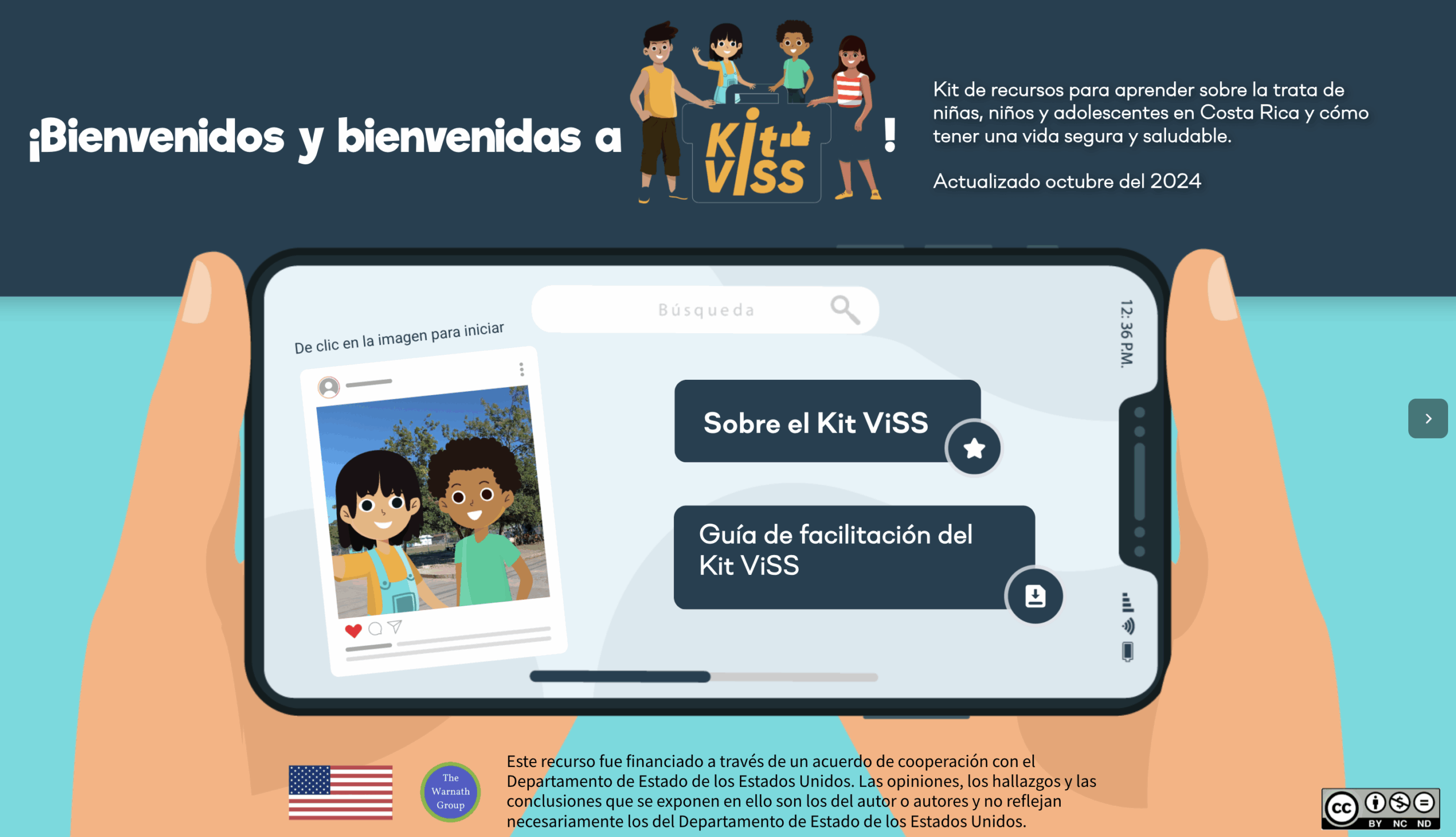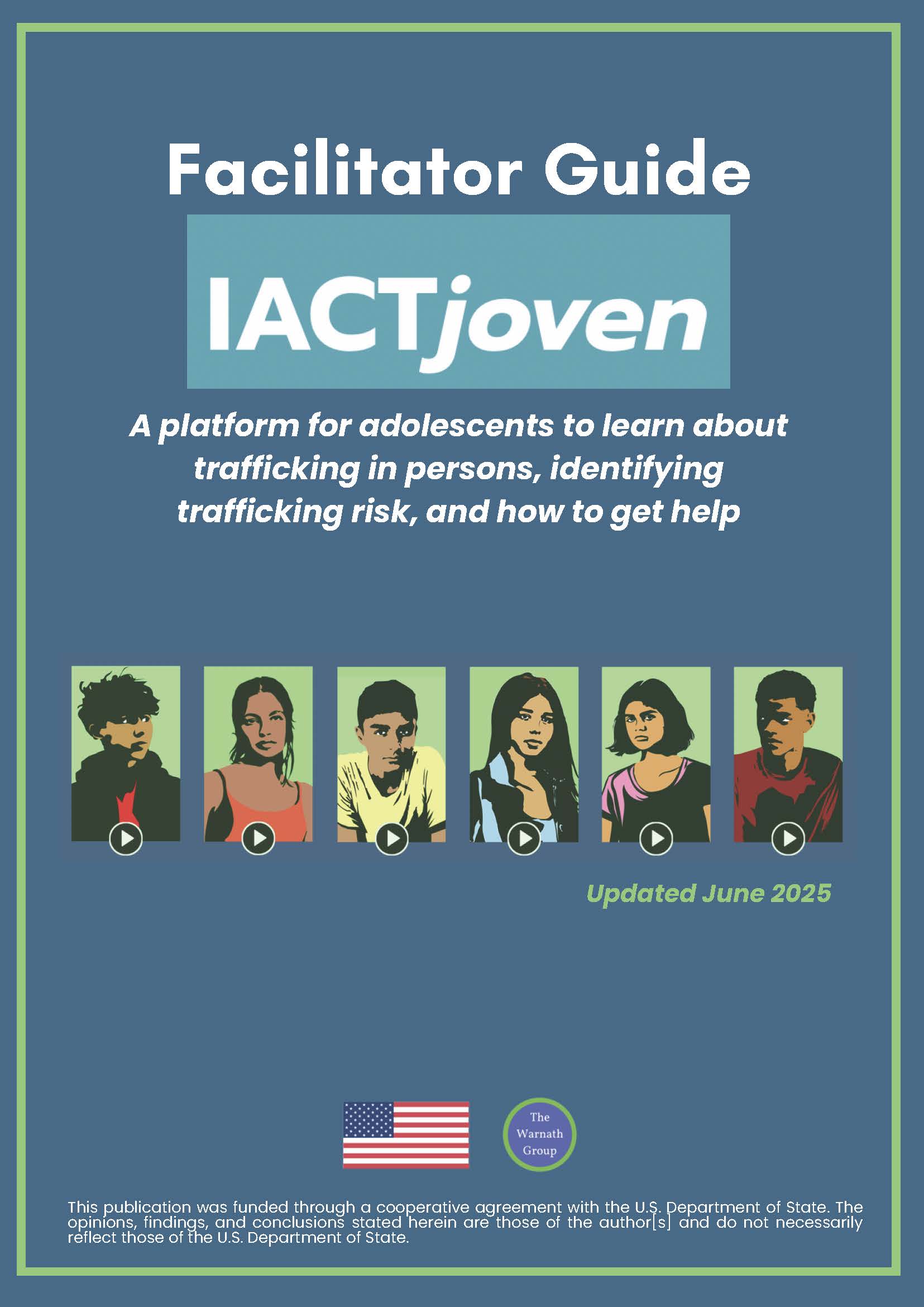Prevention
The IACT Program developed tools to be used in prevention and protection activities with children, adolescents, youth, and high-risk/vulnerable community members with the overarching goals for participants:
-
- To understand trafficking in persons, specifically child and adolescent trafficking (learn)
- To be able to identify and avoid trafficking risk (prevention)
- To learn where to get help if a participant or someone they know is a possible victim of trafficking (protection)
KitViSS (Kit for a Safe and Healthy Life: Resources for Children about Trafficking in Persons)
A child-friendly and age-appropriate platform developed for children from 8-13 years of age to learn about trafficking in persons, how to identify risks, and where to get help. KitVISS is a facilitated platform, which means that it should be used by education professionals in working with children. The KitViSS platform is accompanied by a Facilitator Guide for education and child protection specialists to understand how to educate children on trafficking in persons with the KitViSS platform and materials.
IACTjoven (IACT for Youth)
An adolescent-friendly and age-appropriate platform developed for adolescents from 13+ years of age to learn about trafficking in persons, how to identify risks and where to get help. The IACTjoven platform is a platform designed for use by adolescents themselves. It is also accompanied by a Facilitator Guide for education and child protection specialists to use IACTjoven as a facilitated platform to educate adolescents on trafficking in persons.
IACTjoven can be used offline. The educational content is available to download here.
The Practitioner Platform
The IACT Program has created specialized resources and tools for practitioners to use in the protection of trafficking victims, the prosecution of trafficking crimes, and the prevention of trafficking in persons.

Developed by and © 2025 Warnath Group, LLC ![]() . All Rights Reserved.
. All Rights Reserved.
The development of the IACT Learning Hub was funded through a cooperative agreement with the U.S. Department of State. The opinions, findings, and conclusions stated herein are those of the developers and do not necessarily reflect those of the U.S. Department of State.
Sitemap • Privacy Policy • Terms of Use • About the IACT Program ![]()

